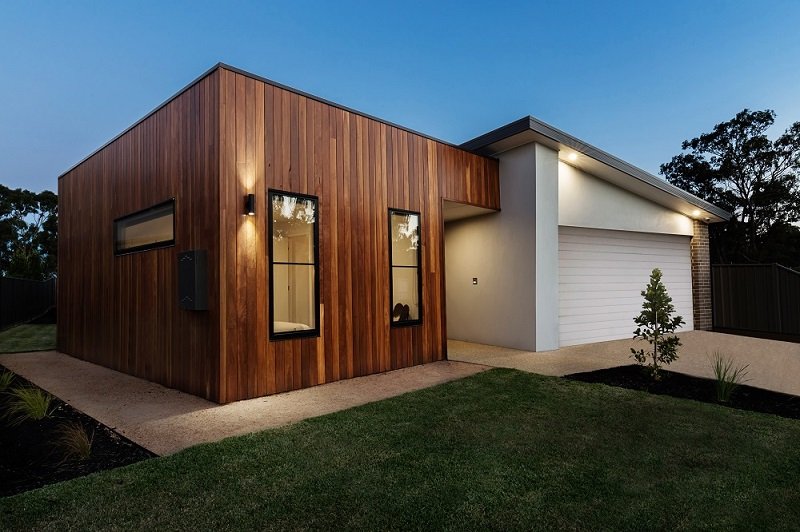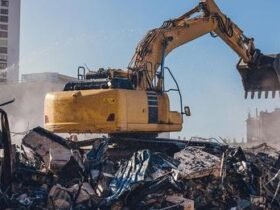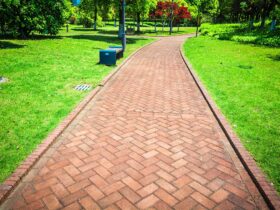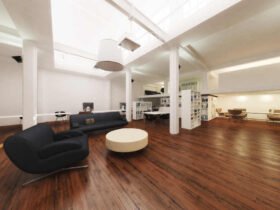In the dynamic realm of modern architecture, has there been a singular element as transformative and impactful as architectural cladding? How has this seemingly simple facet of design evolved over time, simultaneously shaping and adapting to changing architectural trends? Moreover, what role does it play in the green, sustainable designs of contemporary structures? These are the bubbling questions we’ll deftly dip into, as we explore the kaleidoscopic world of architectural cladding.
Architectural cladding is more than just the skin that wraps a building; it’s a vital component that not only dictates the aesthetic charm of a structure but contributes significantly to its energy efficiency, endurance, comfort, and overall functionality. It’s akin to the persona that a structure wears, stepping into the limelight of urban landscapes.
Journey with me on this blogging post as we trace the historical stepping stones leading to modern cladding practices. We’ll delve deeper into why architects and designers pivot towards certain materials, the catalysts that shift these preferences and the exciting future that architectural cladding holds in the milieu of sustainability.
The Foundations of Cladding
To fully appreciate the role of cladding in modern architecture, we need to take a peek into its humble roots. What began as a necessity to protect buildings from harsh weather conditions evolved into an integral component of architectural style and design. With the Industrial Revolution, factory-produced bricks, steel and other lightweight materials started to gain popularity, marking the early stages of innovation in cladding.
Understanding Modern Cladding Materials
Fast-forwarding to our present era, cladding has come to incorporate an array of materials and technologies. The explosion of options – metal, glass, stone, timber, composite panels, and ceramics to name a few – have pushed the boundaries of architectural aesthetics, structure, and sustainability.
The Confluence of Style and Function
One cannot underestimate the magnitude of the responsibility that cladding holds. When chosen astutely, it lends identity to a structure, assists in climate control, improves acoustic performance, and even plays a role in fire safety.
Cladding and Sustainability
Architectural cladding in the 21st century represents more than aesthetics and functionality. It wears a mantle of responsibility towards ecological sustainability. With the advent of green ratings and net-zero energy targets, cladding materials are continually evaluated for their life cycle impacts, recyclability, and ability to reduce a building’s energy footprint.
Tracing the Popularity of Different Cladding Types
What sways the popularity of cladding materials? Multiple factors converging at particular points in history have guided cladding trends, from the minutiae of local climates to the wide sweep of global architectural movements.
Pros and Cons of Key Cladding Materials
As with every element in architecture, cladding materials boast and hide their series of pros and cons. Understanding these can help architects and homeowners make wise decisions that meld functionality, aesthetics, and sustainability.

Conclusion:
Undoubtedly, architectural cladding has dramatically evolved from just a necessary element to protect structures from nature’s onslaught, to a defining factor in modern architectural cladding design. From brick and stone relics of the past to the contemporary trendsetter’s preference for metal and glass, the expansion in available cladding materials has paralleled architectural evolution. It serves as a compelling recall of our collective architectural journey and offers a hopeful glimpse into a sustainable future driven by innovation. Today, it rightly deserves recognition for its role – as an unbroken link between the past, present, and future of architectural design.
The critical thing to remember is that with the influx of an exciting array of materials today, cladding has transformed into more than a mere accessory. When chosen wisely, it has the potential to dramatically have an impact on the functionality, aesthetics, performance and overall longevity of a structure.








Find Us on Socials